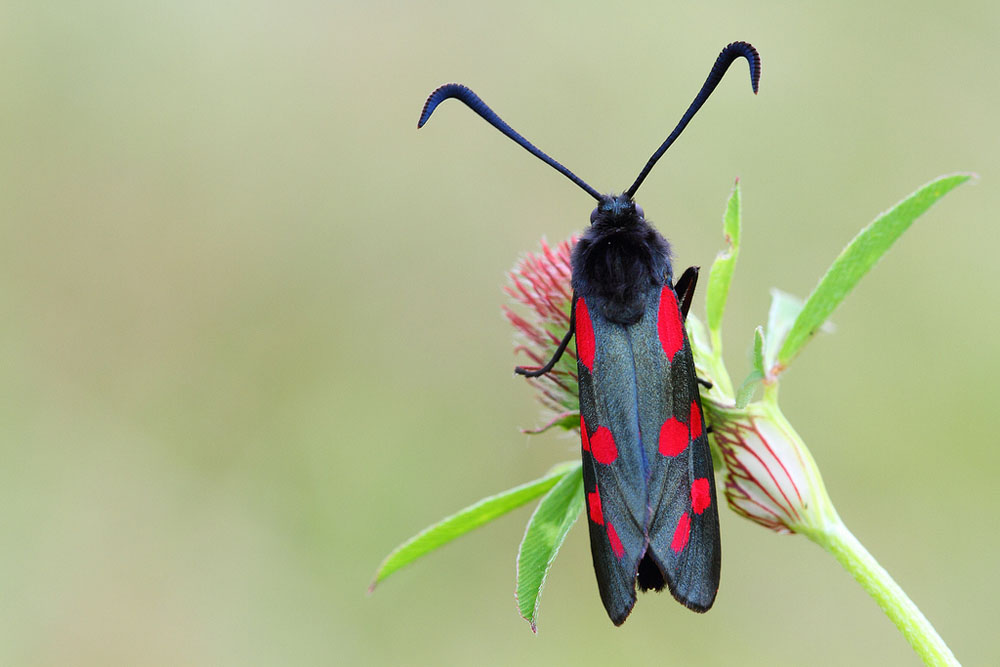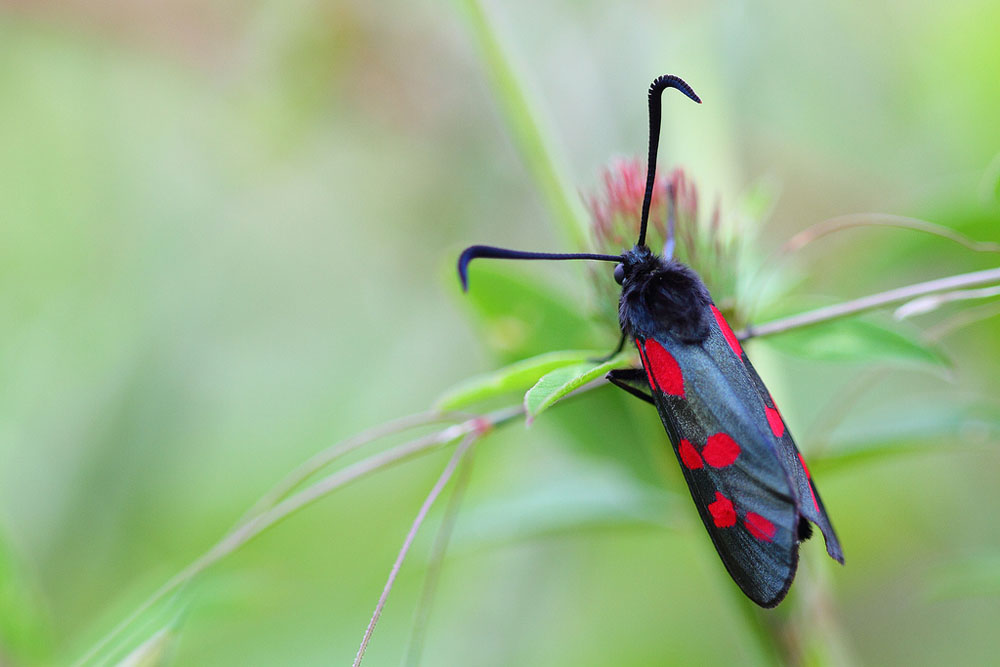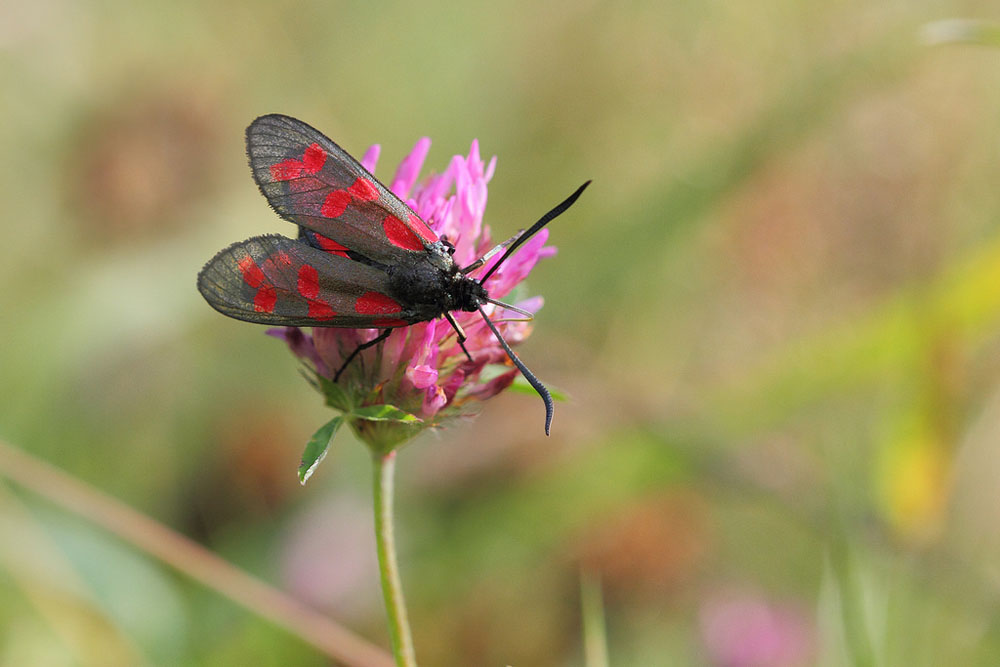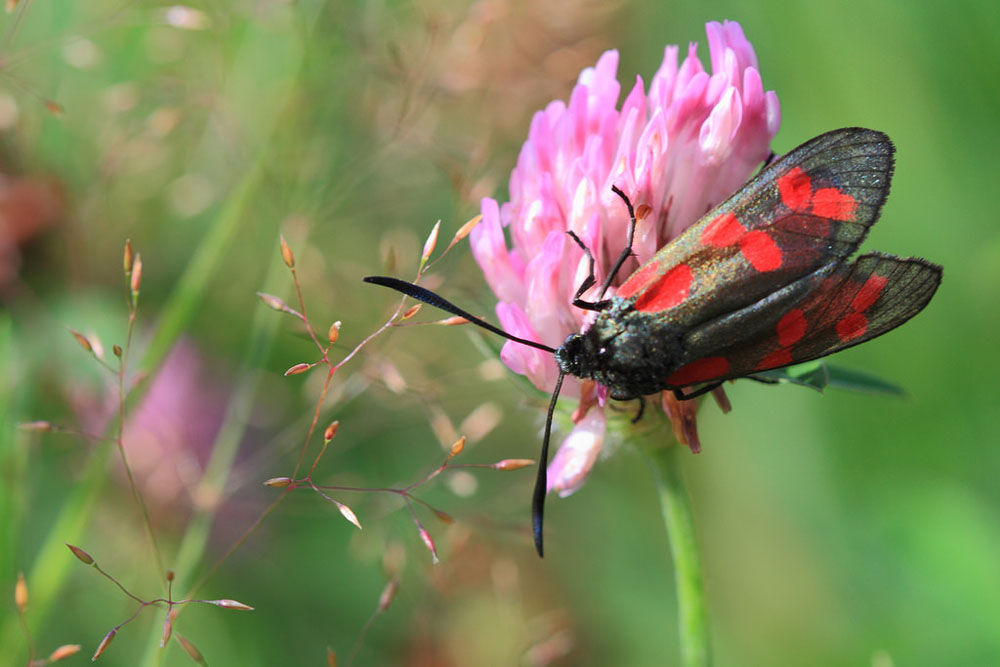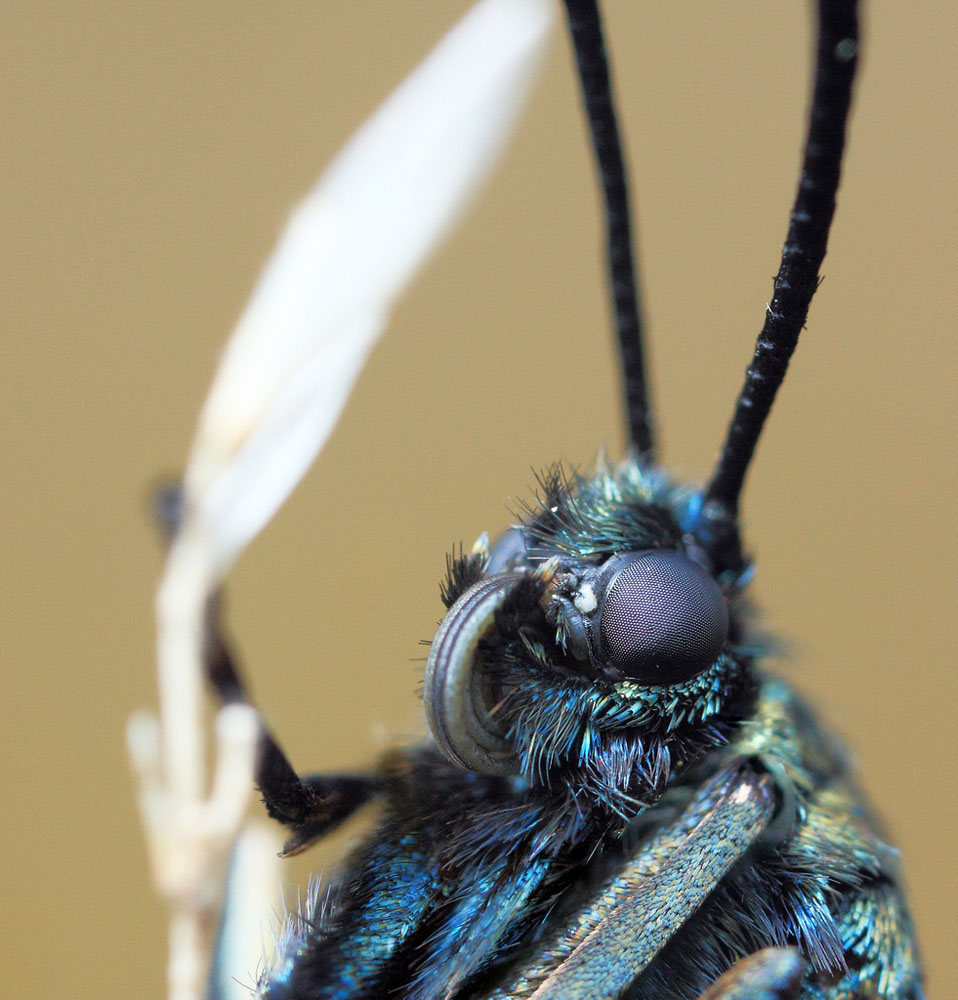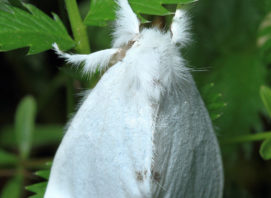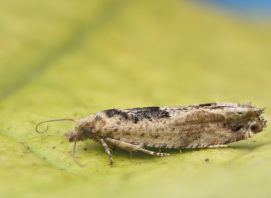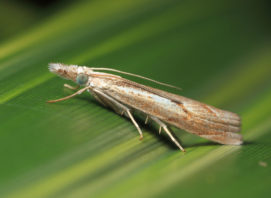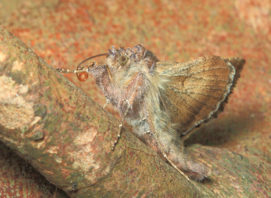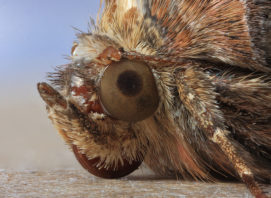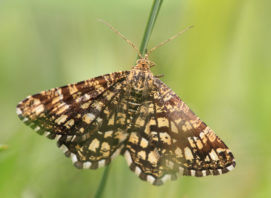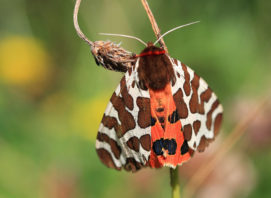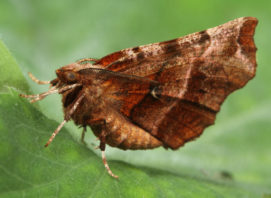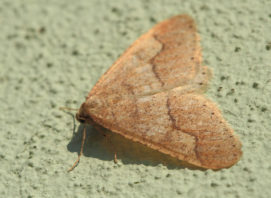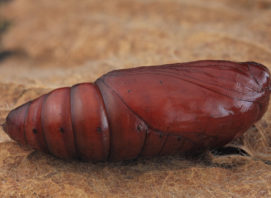Six-spot Burnet
This is the most commonly found burnet. It occurs throughout England, Wales and Ireland, but is more local in Scotland, being largely confined to coastal sites. During the day, it behaves very like a butterfly, moving from flower to flower in warm sunshine. Thistles and knapweeds are often favoured. Males patrol backwards and forwards looking for females, and mating pairs are common sight. Their caterpillars feed on bird’s-foot-trefoils, so first find these plants in flowery grassland and then look for Six-spot Burnets.
Clusters of small eggs are laid on the food plant or nearby low vegetation. These hatch within a couple of weeks and the caterpillars grow slowly before they stop feeding to hibernate for the next winter, low down near the ground. By then, they have become greenish-yellow with prominent black marking and white hairs. They emerge from hibernation and begin feeding again in the spring, and are fully grown by late May or June. Then, before pupating, they have the curious habit of climbing up an exposed stem, usually grass, where they spin a cocoon. This is in full view of predators, and easy to see, but most seem to survive unscathed before the adult moths emerge in late June or July.
Extract taken from: Britain’s Day-Flying Moths, David Newline, Robert Still & Andy Swash, WildGuides.

